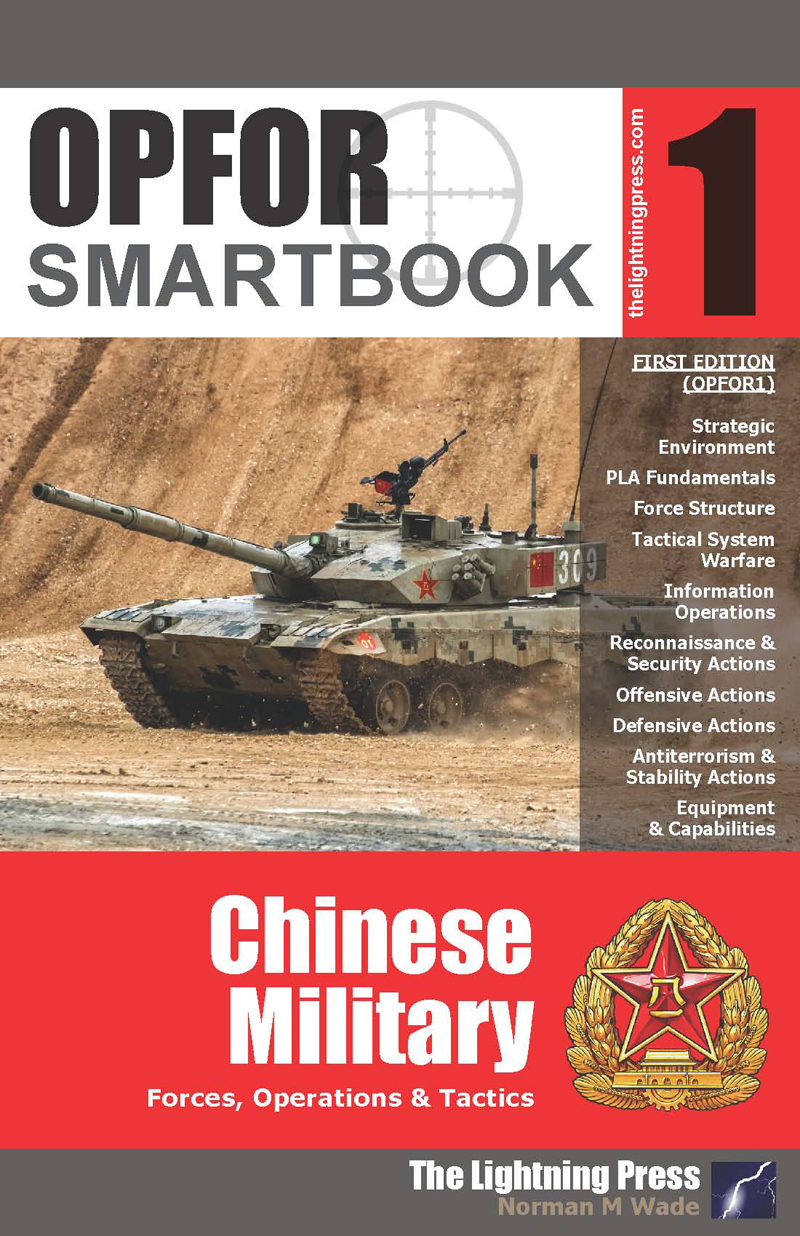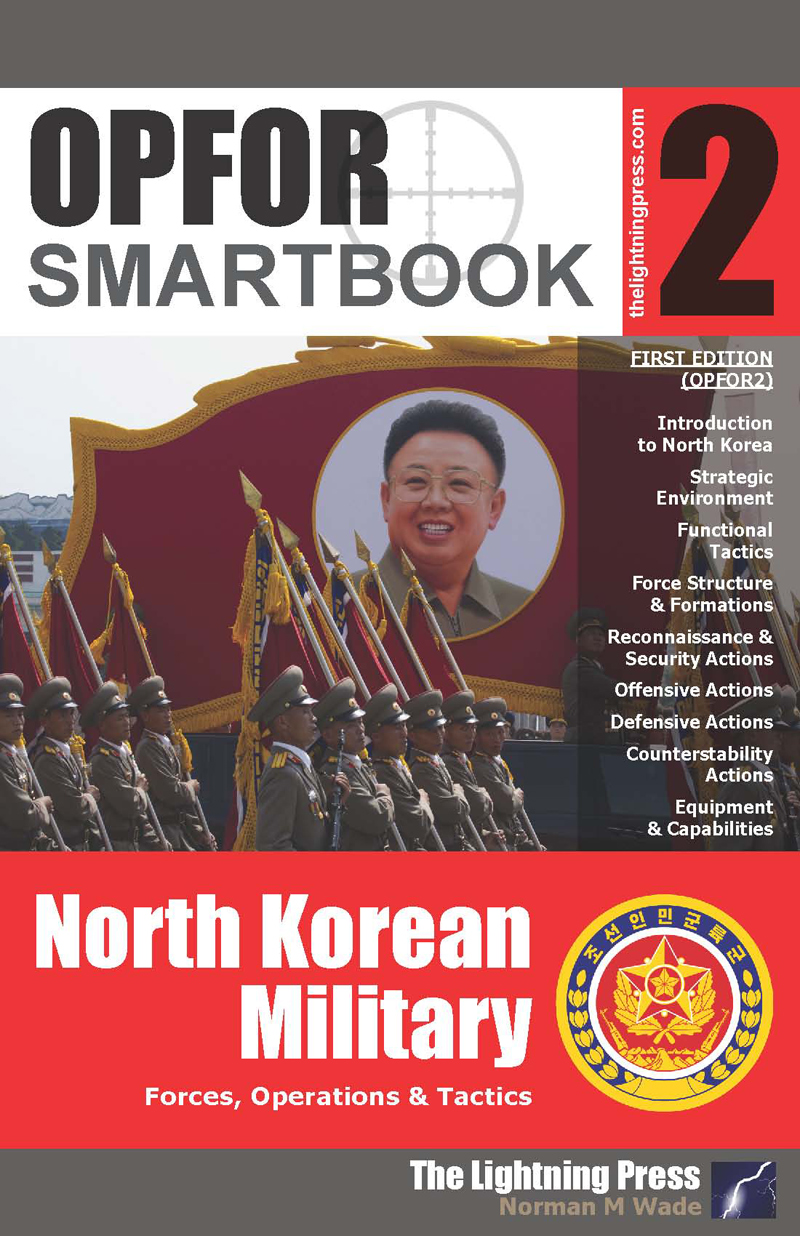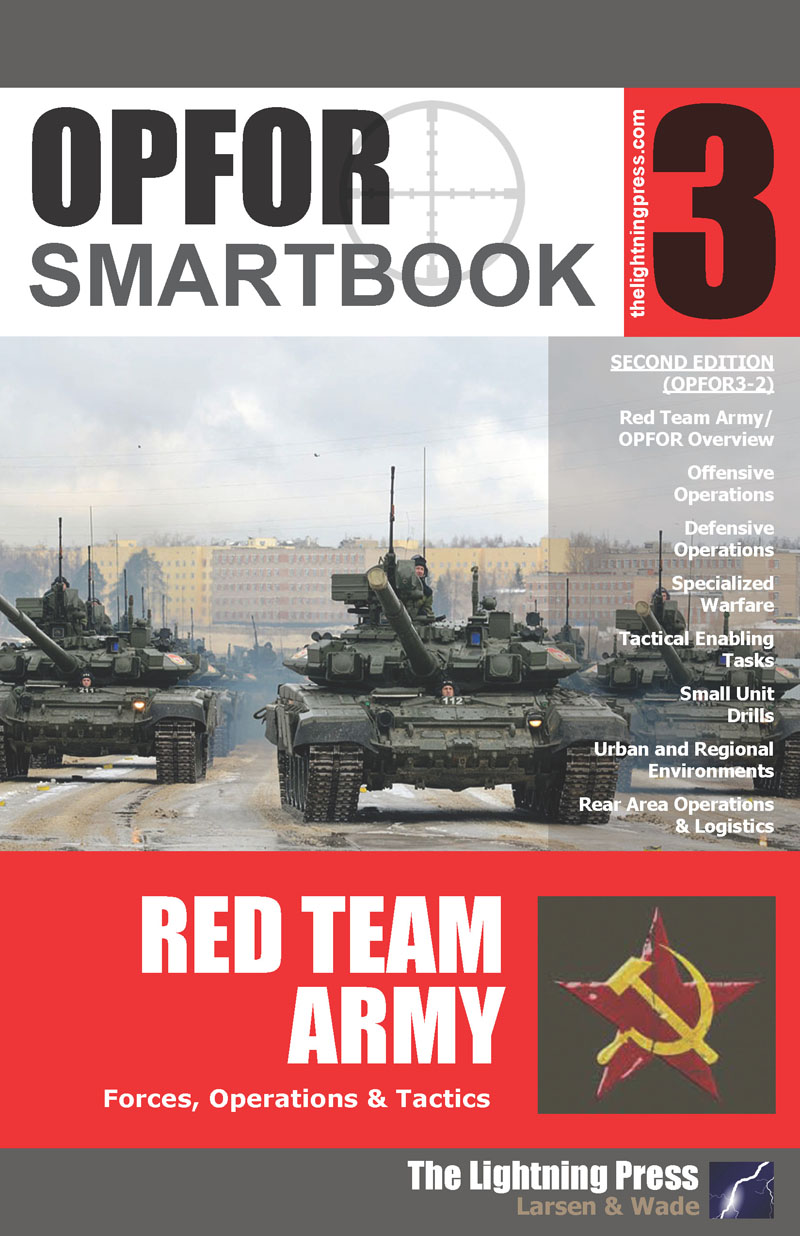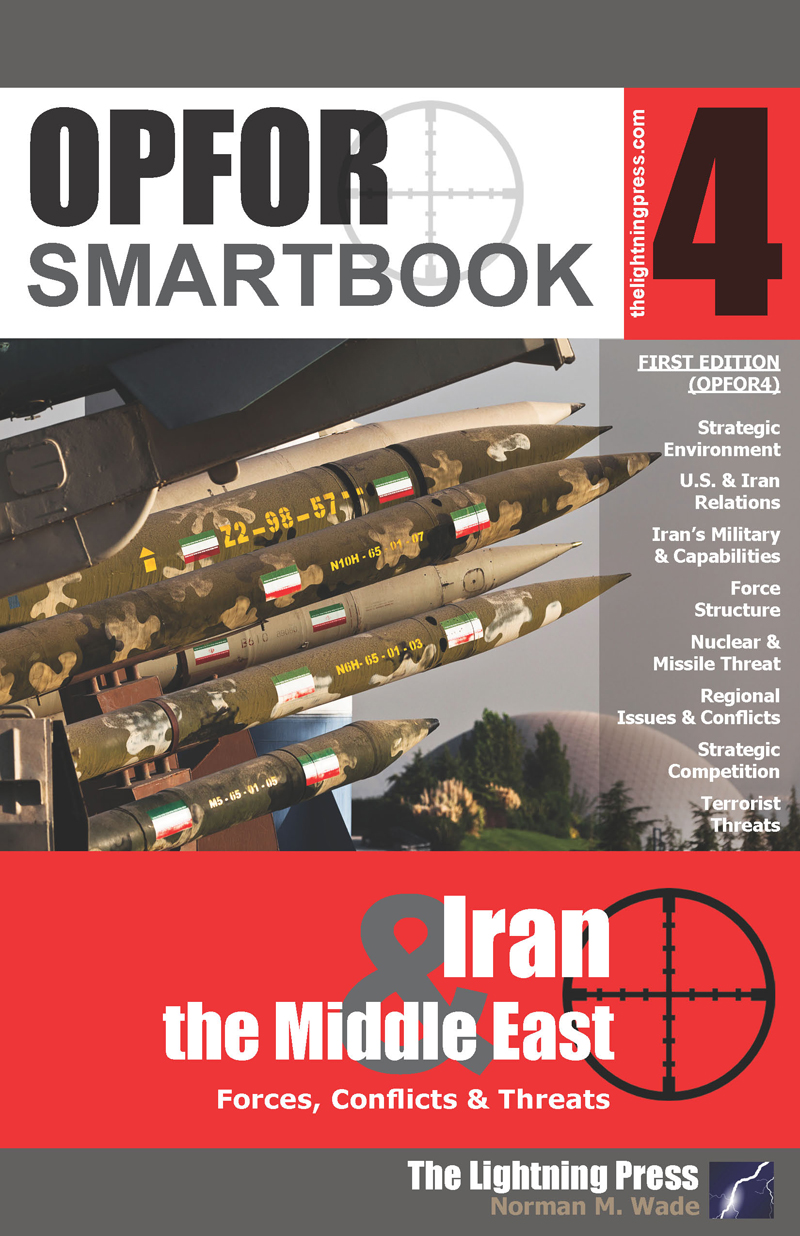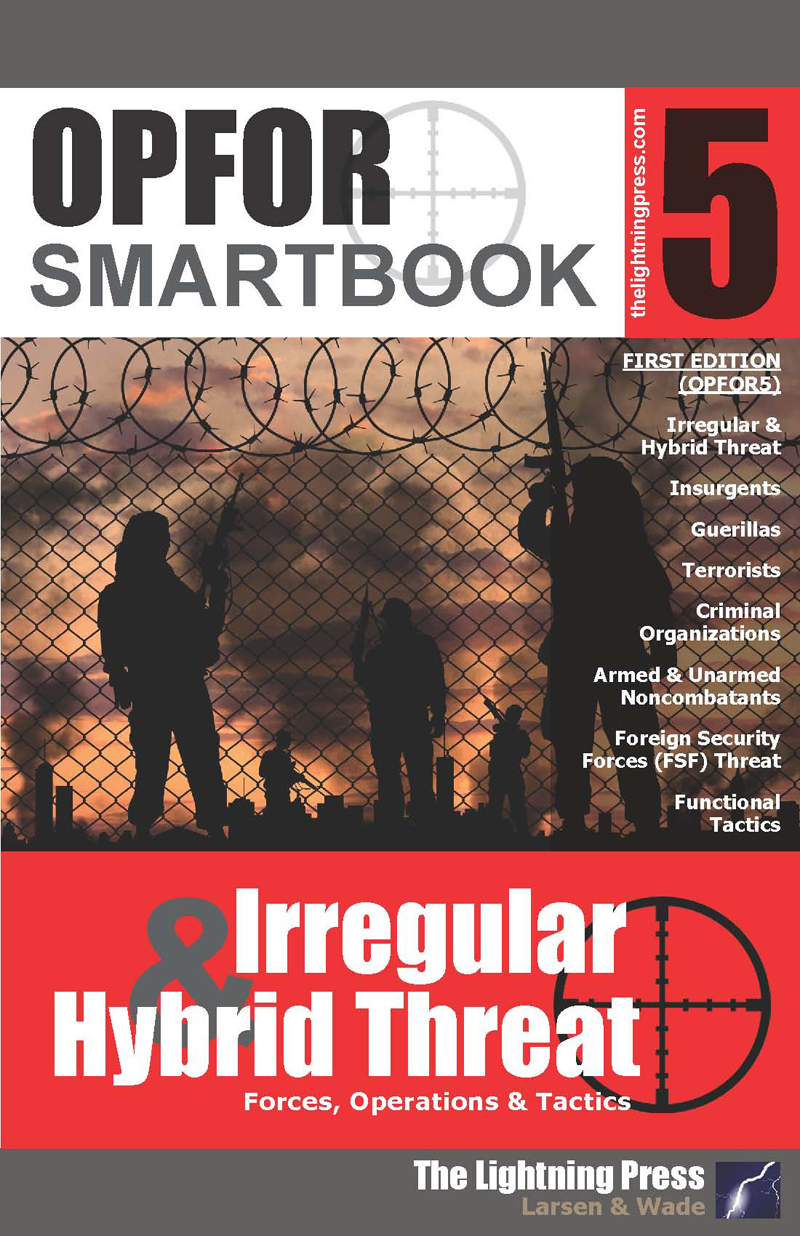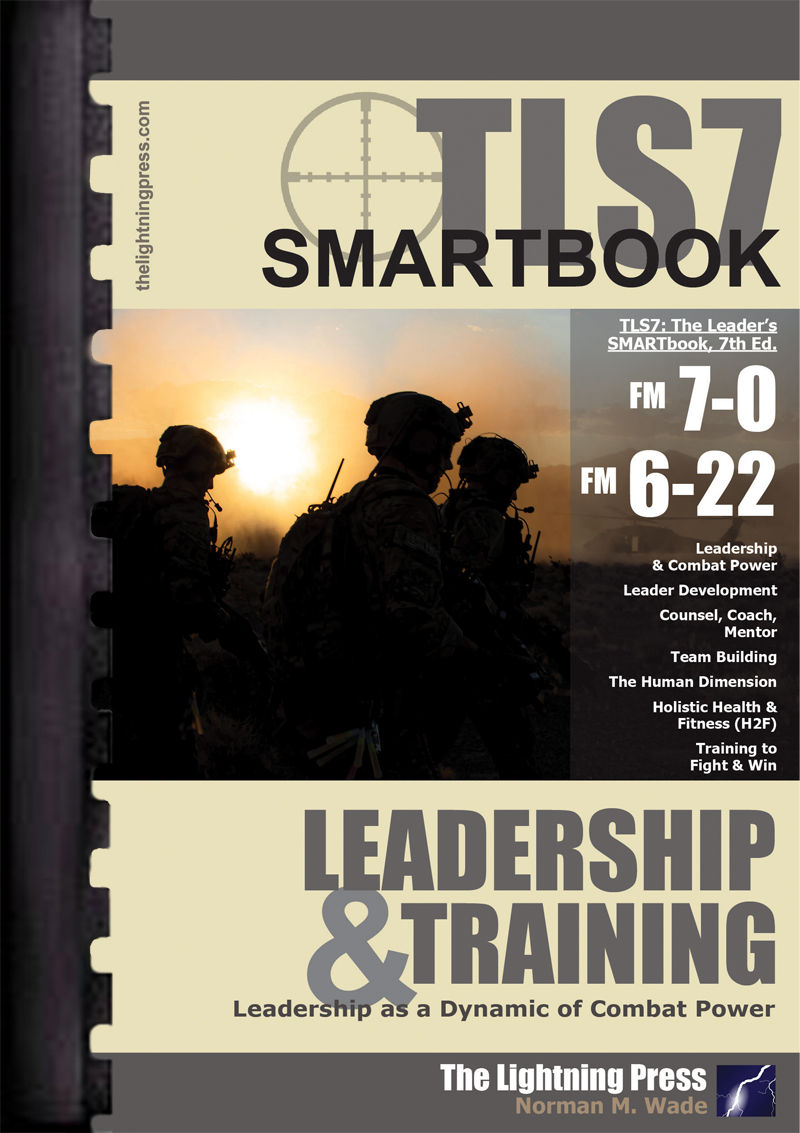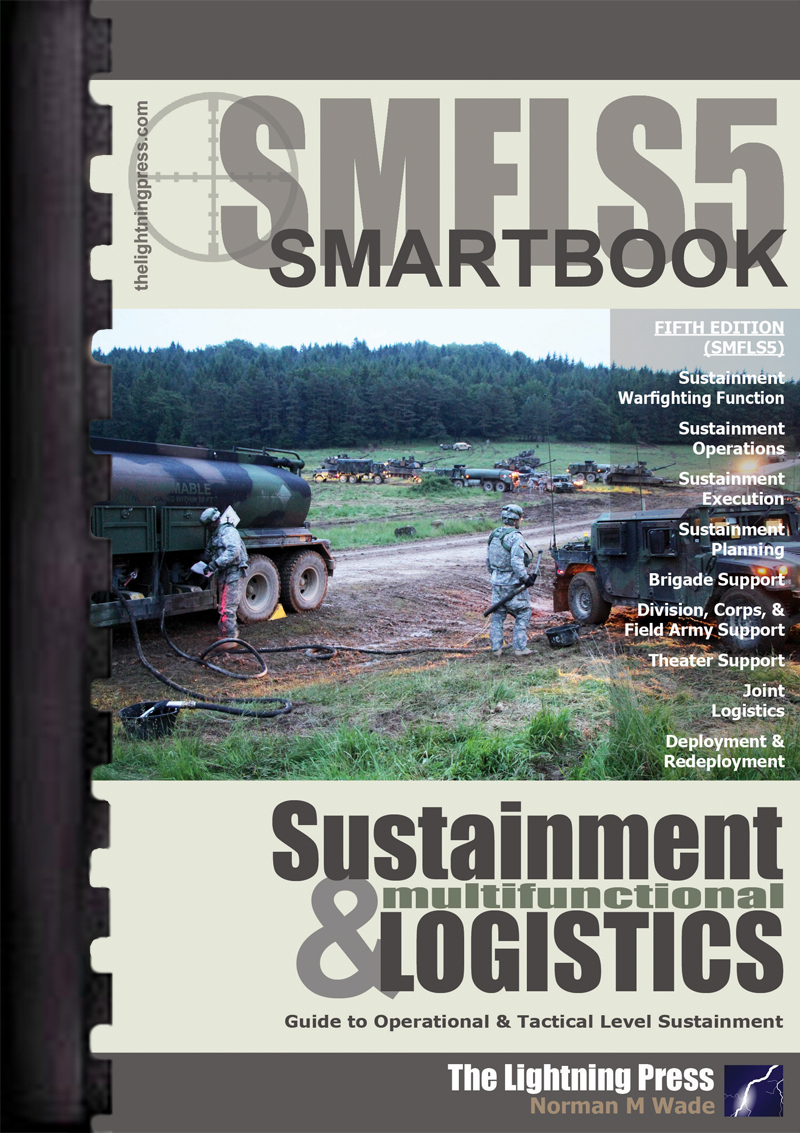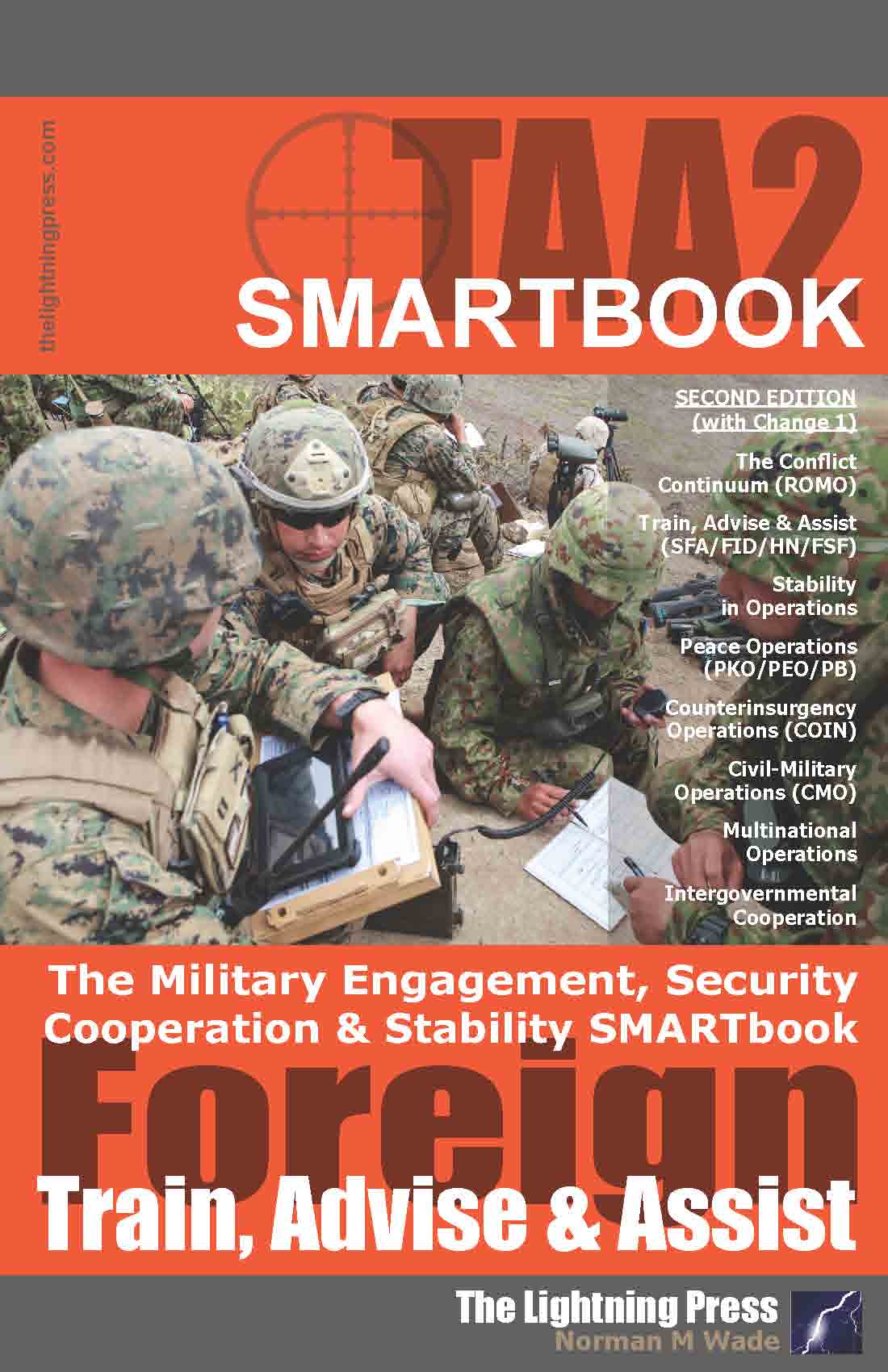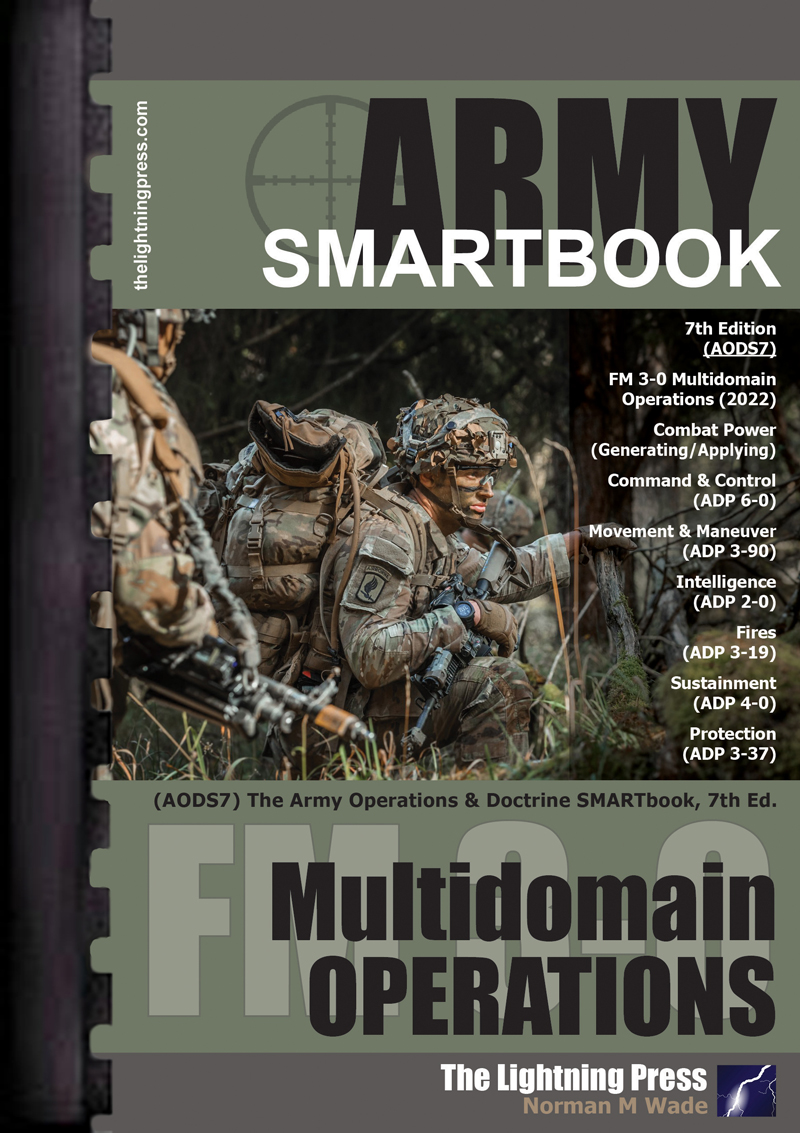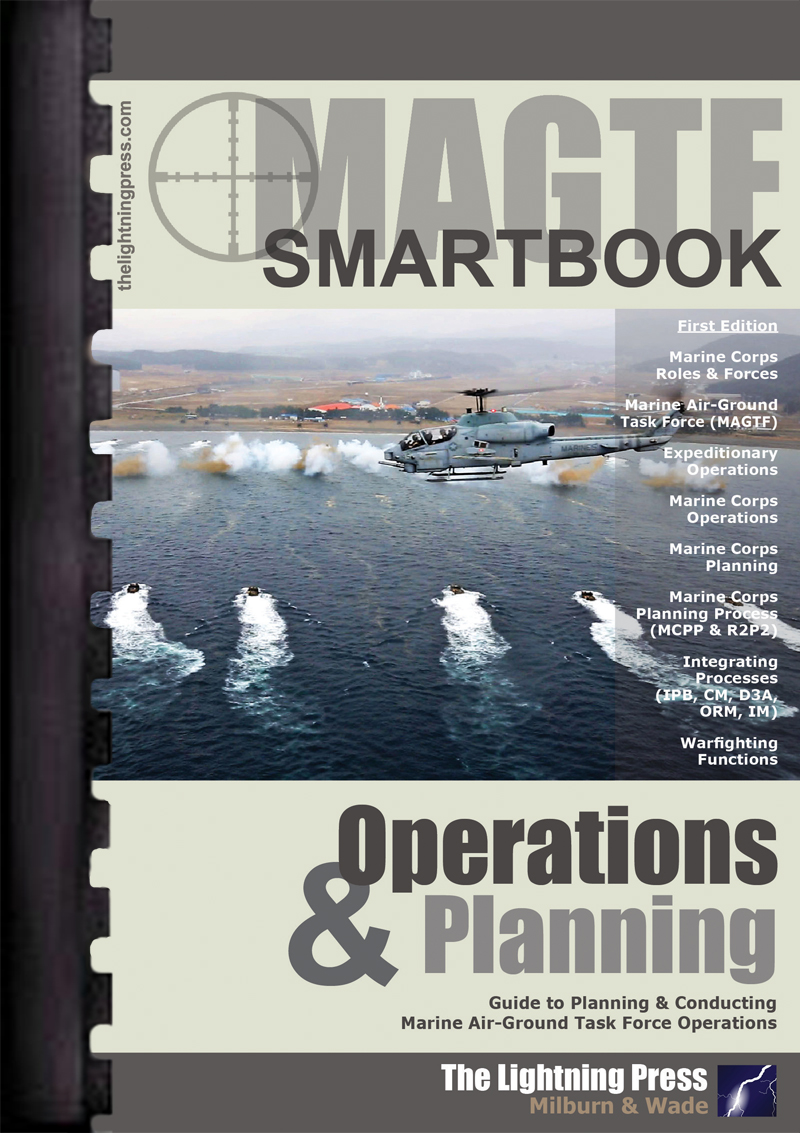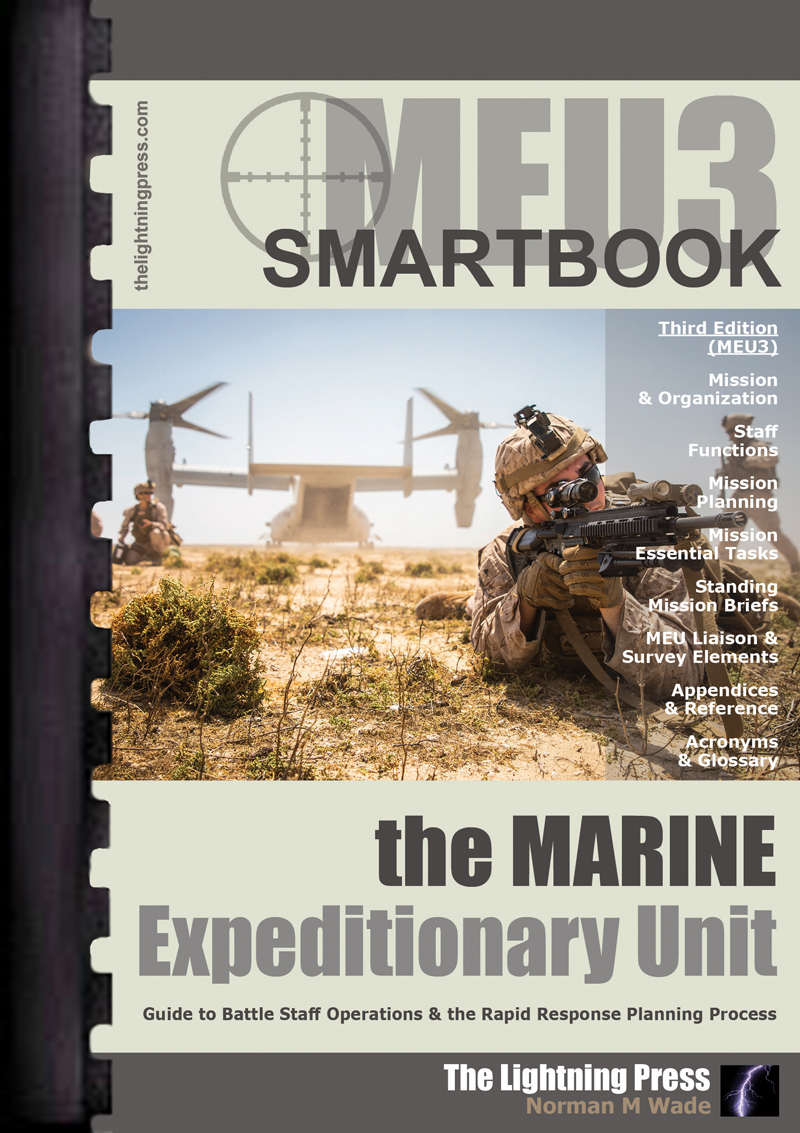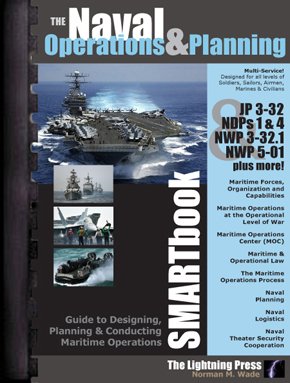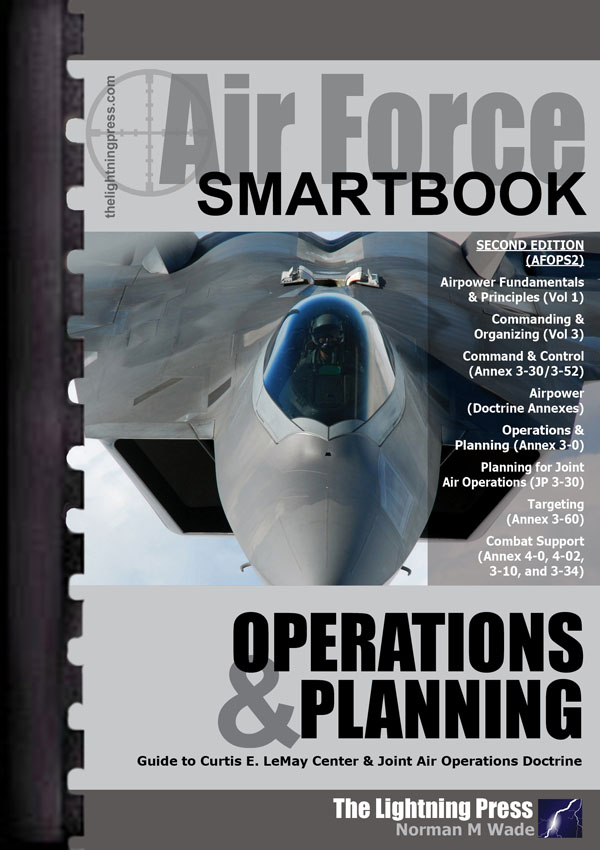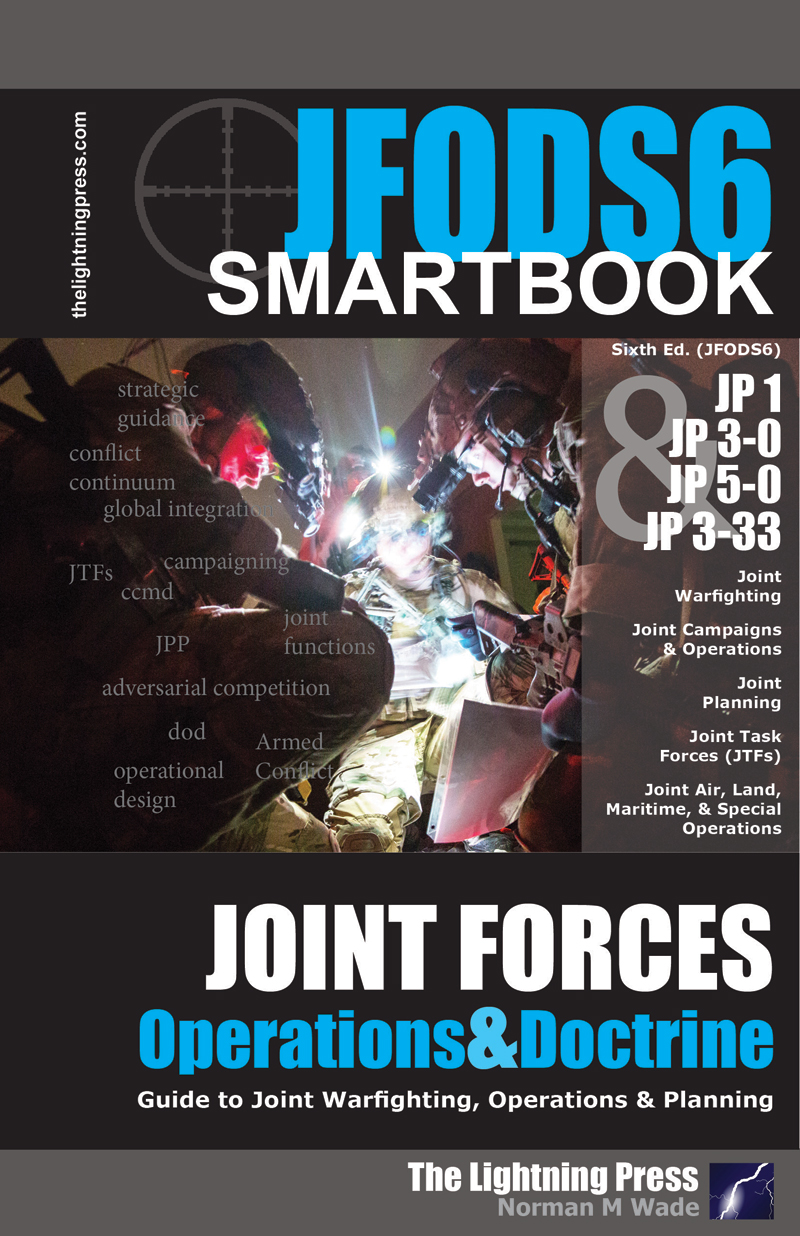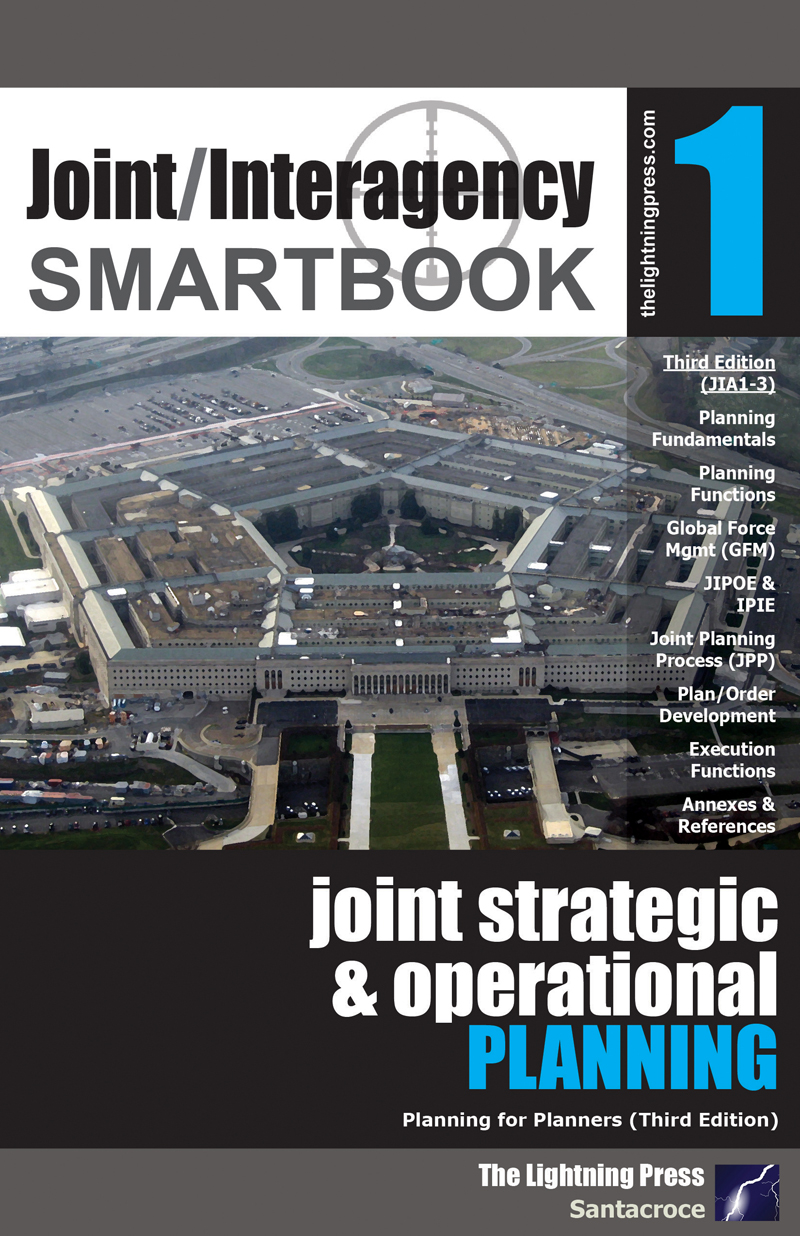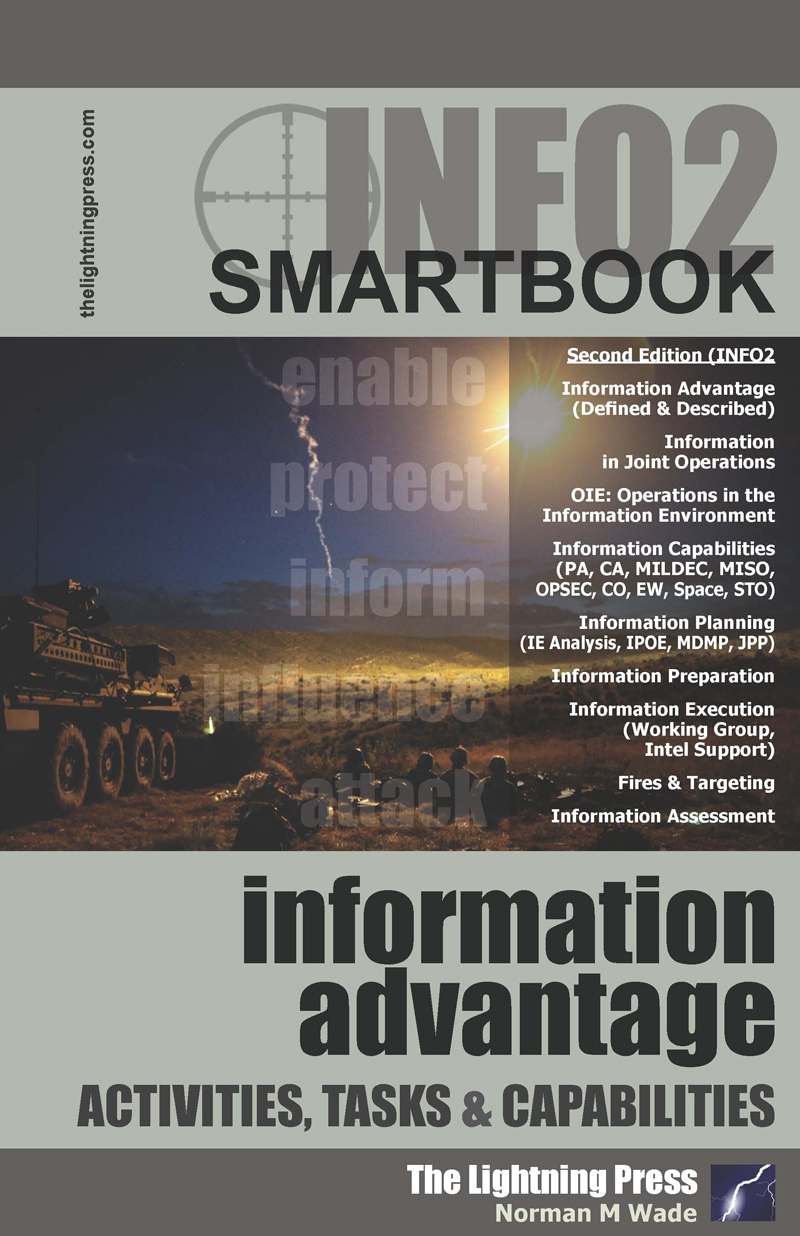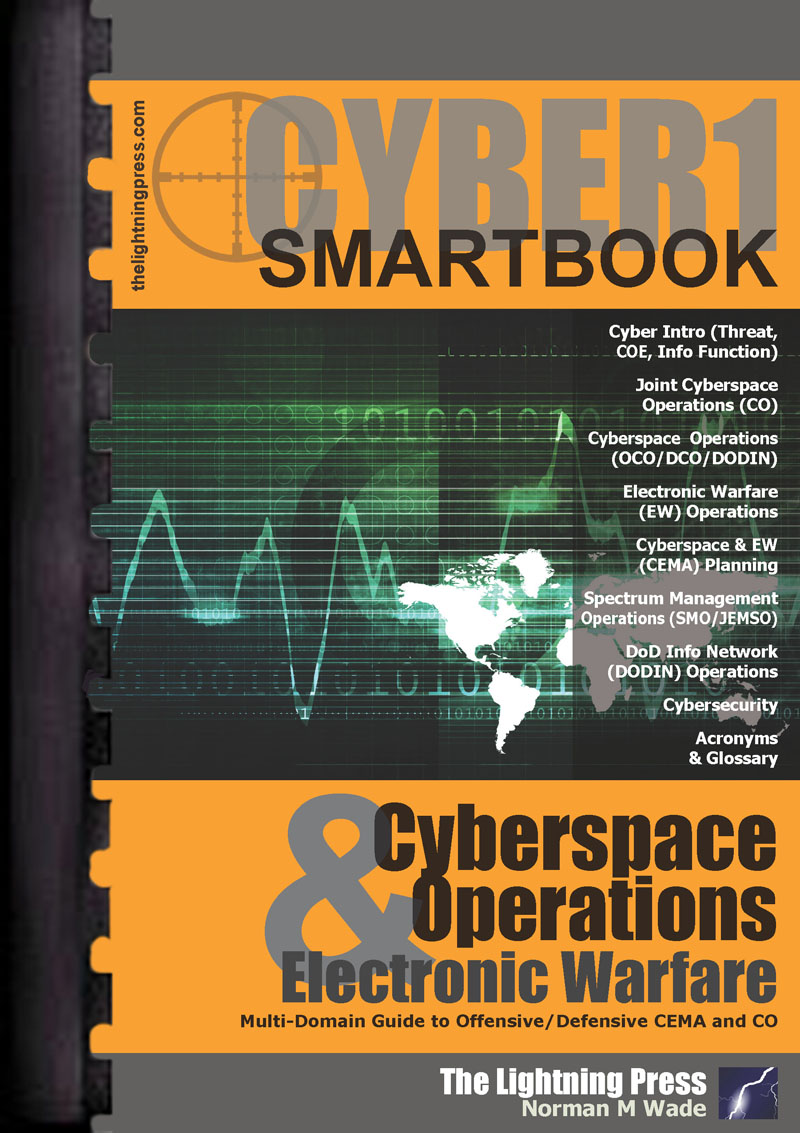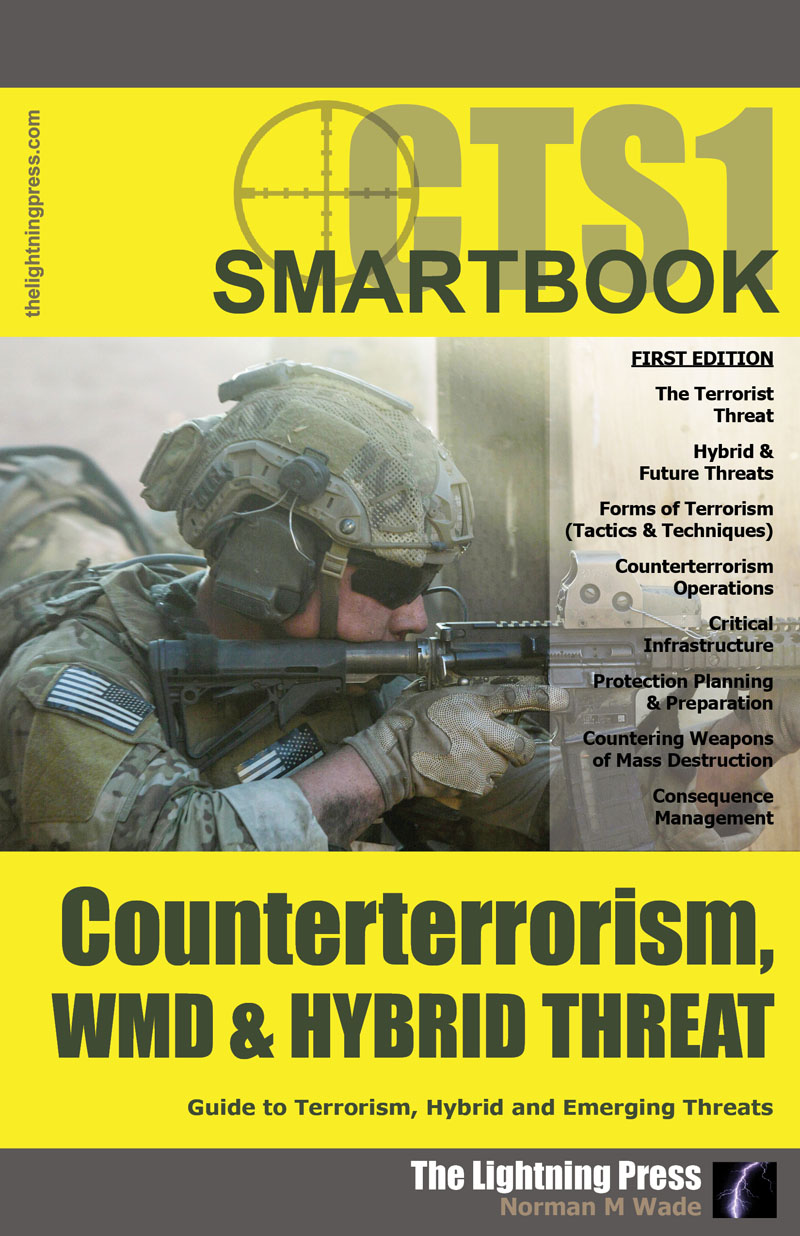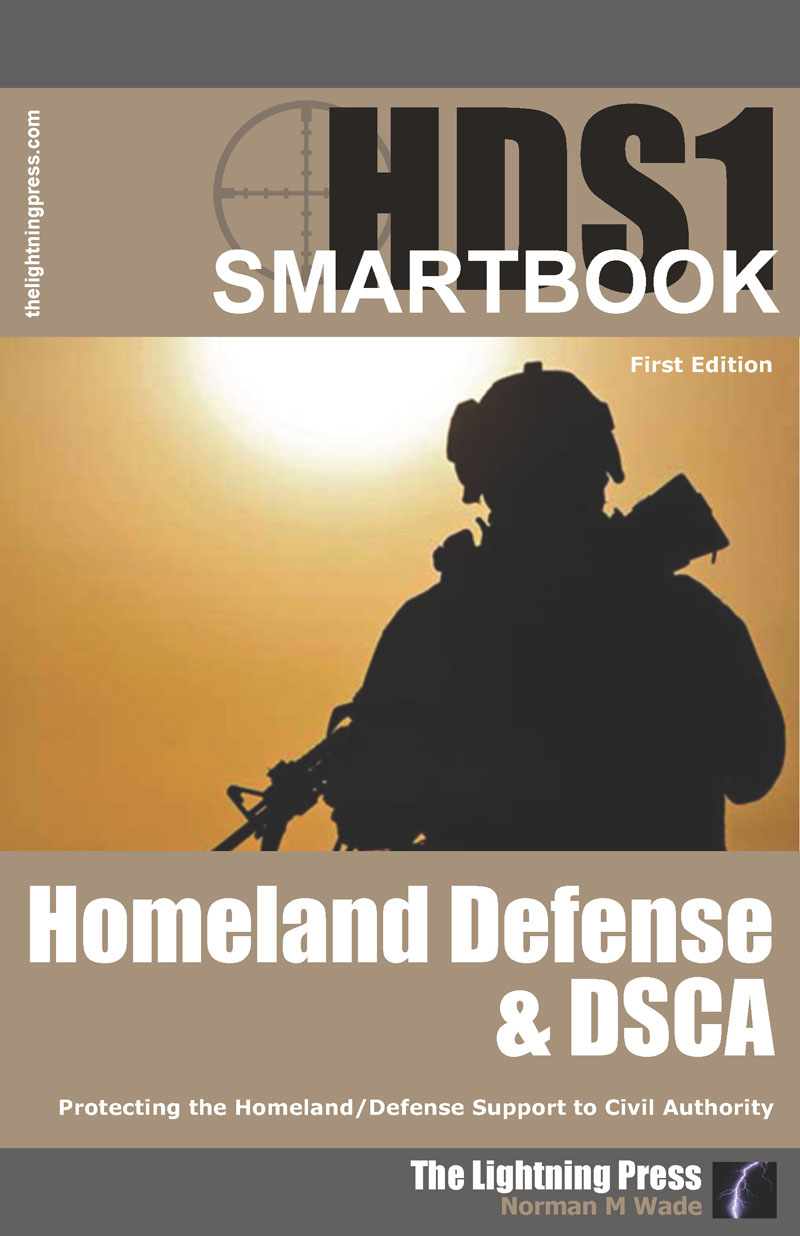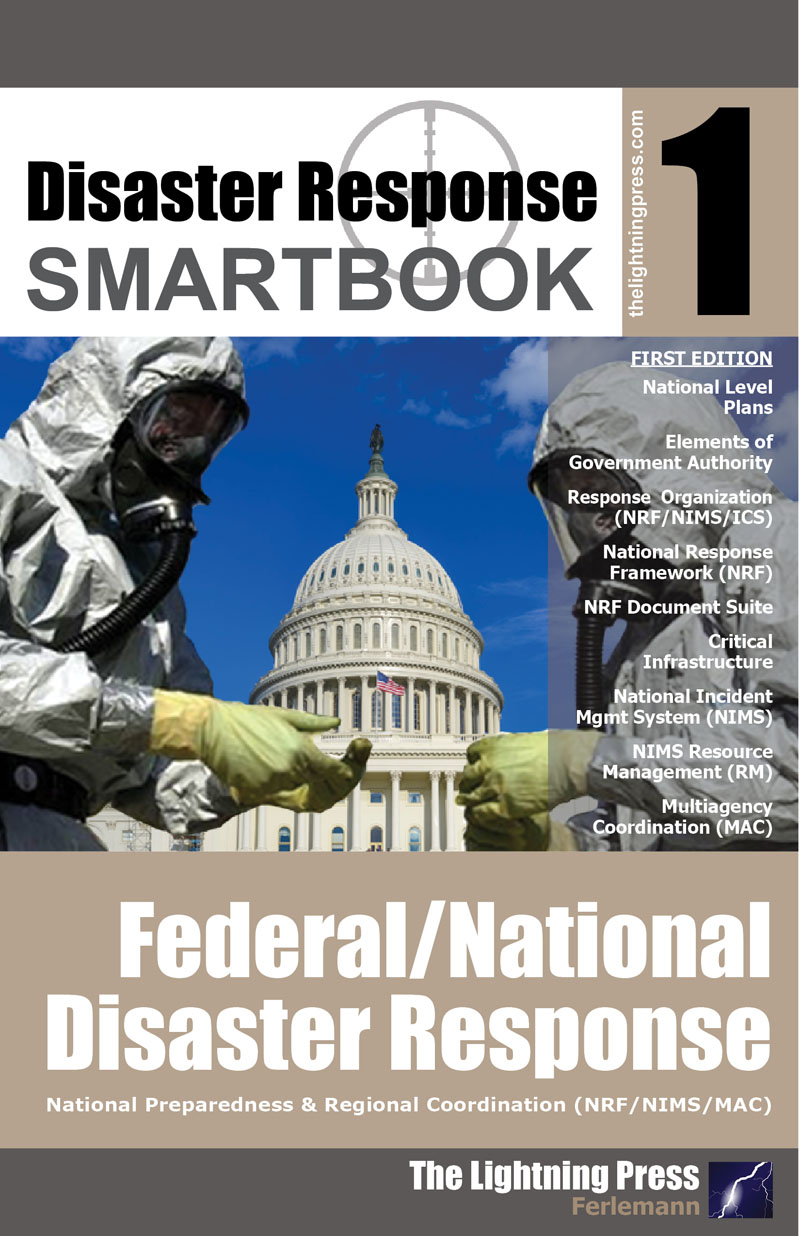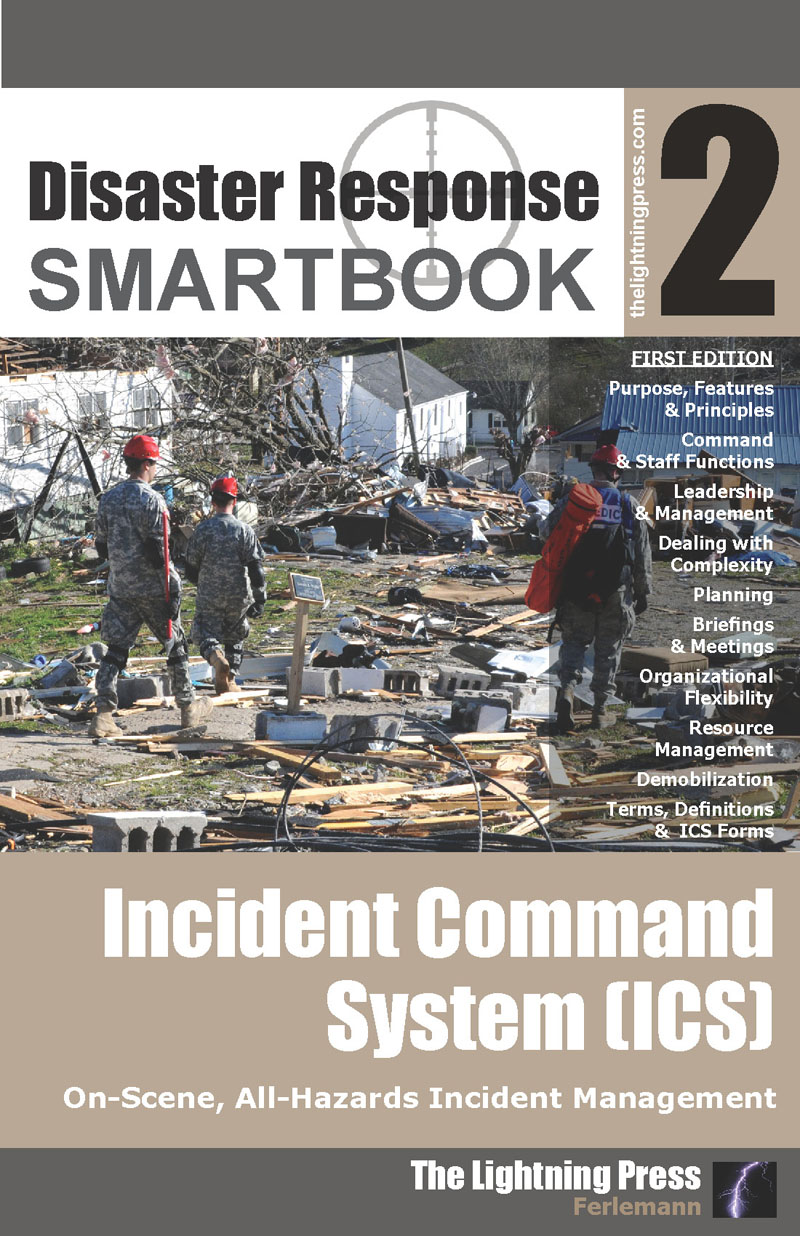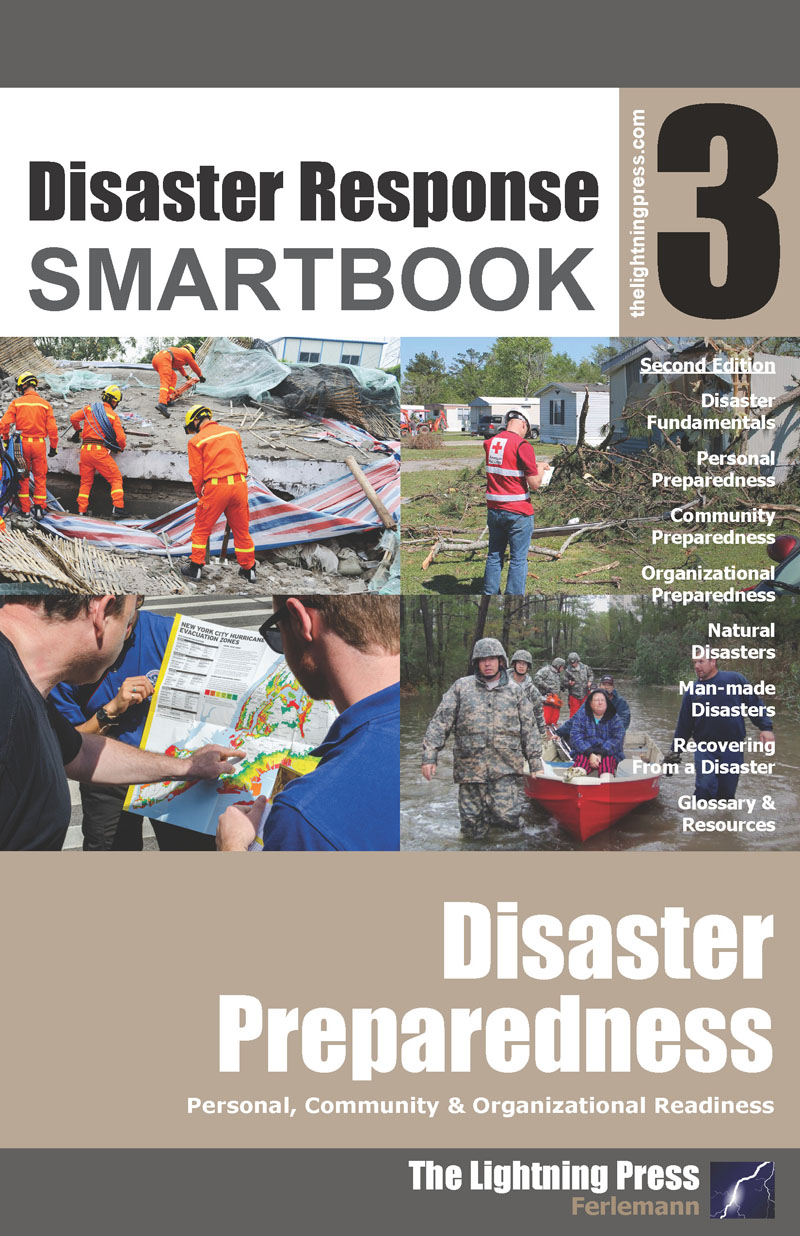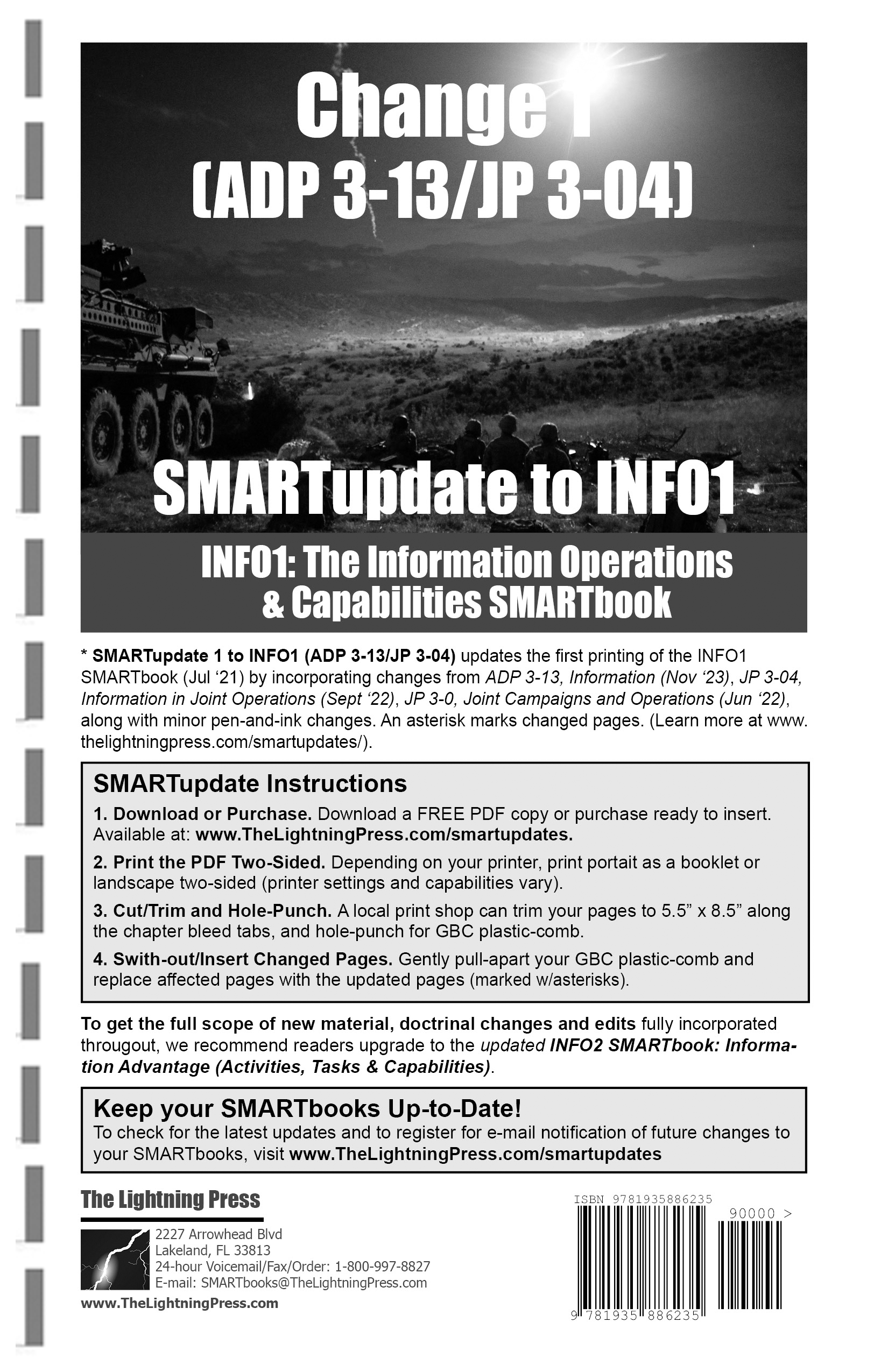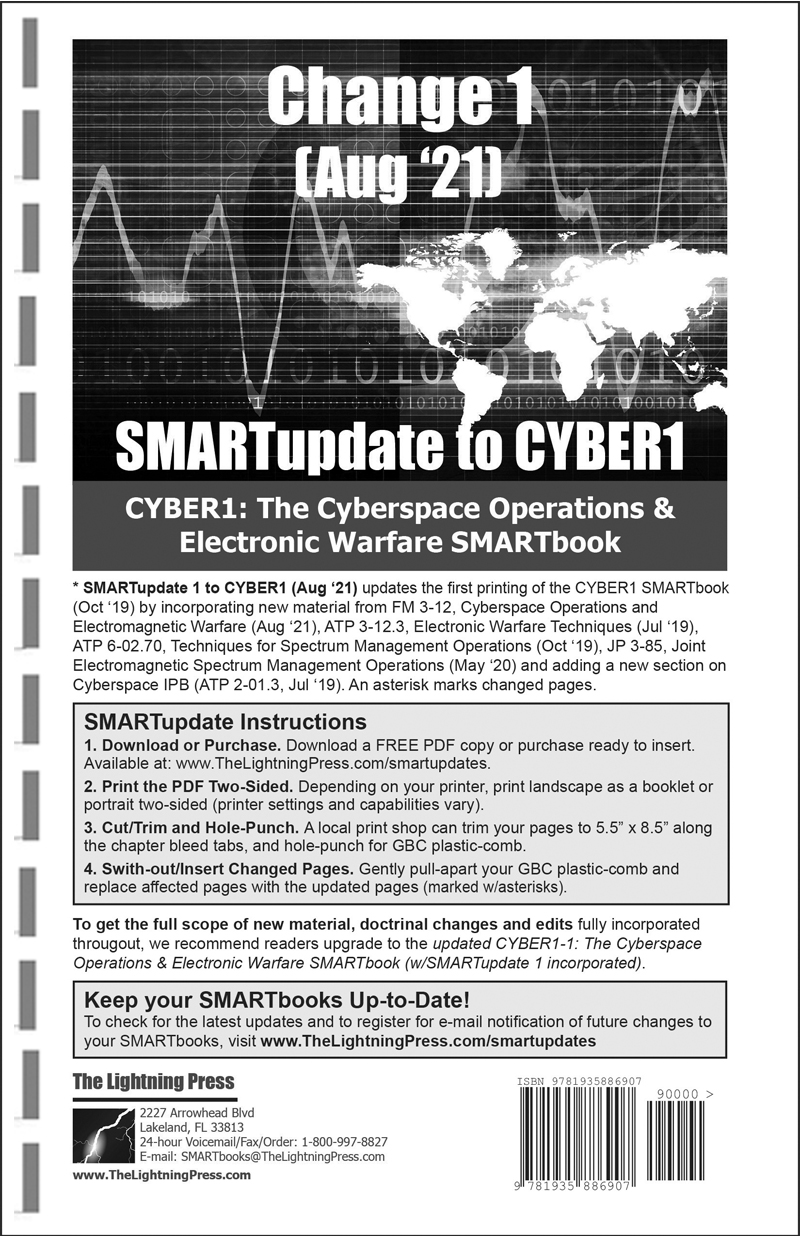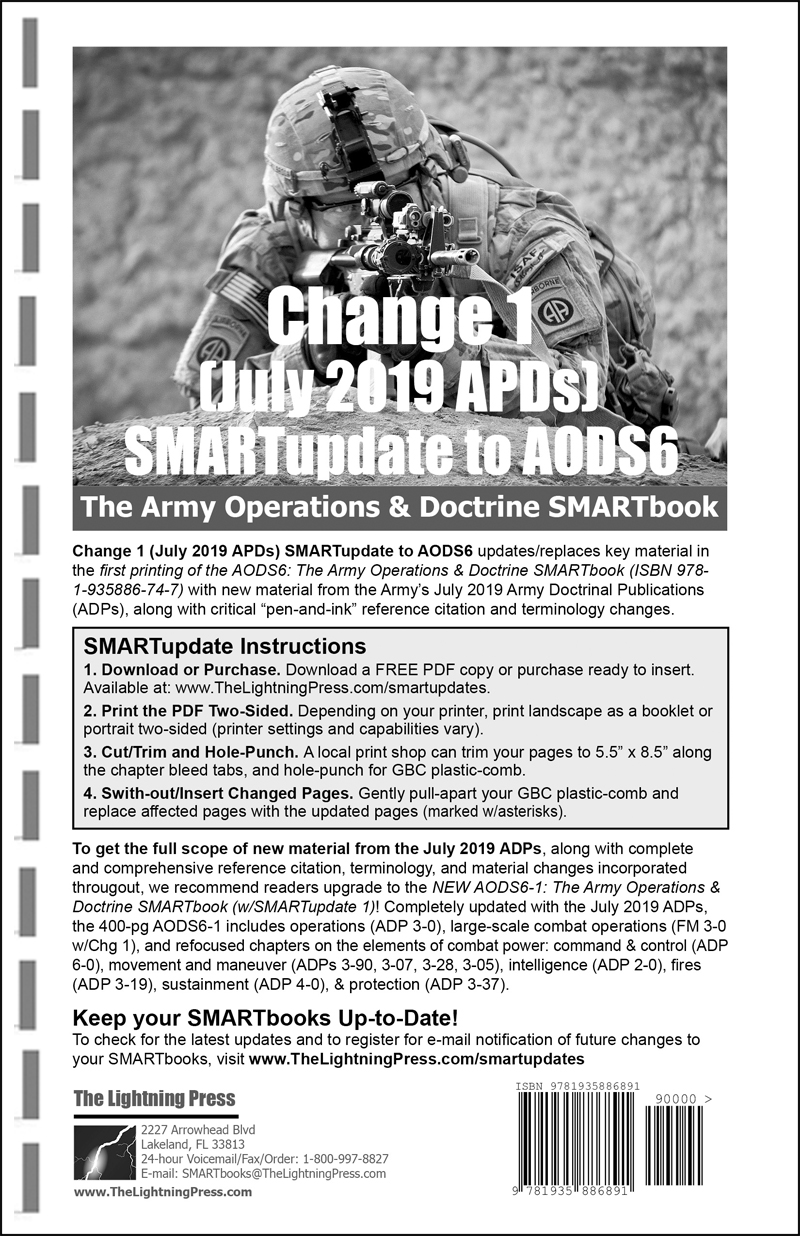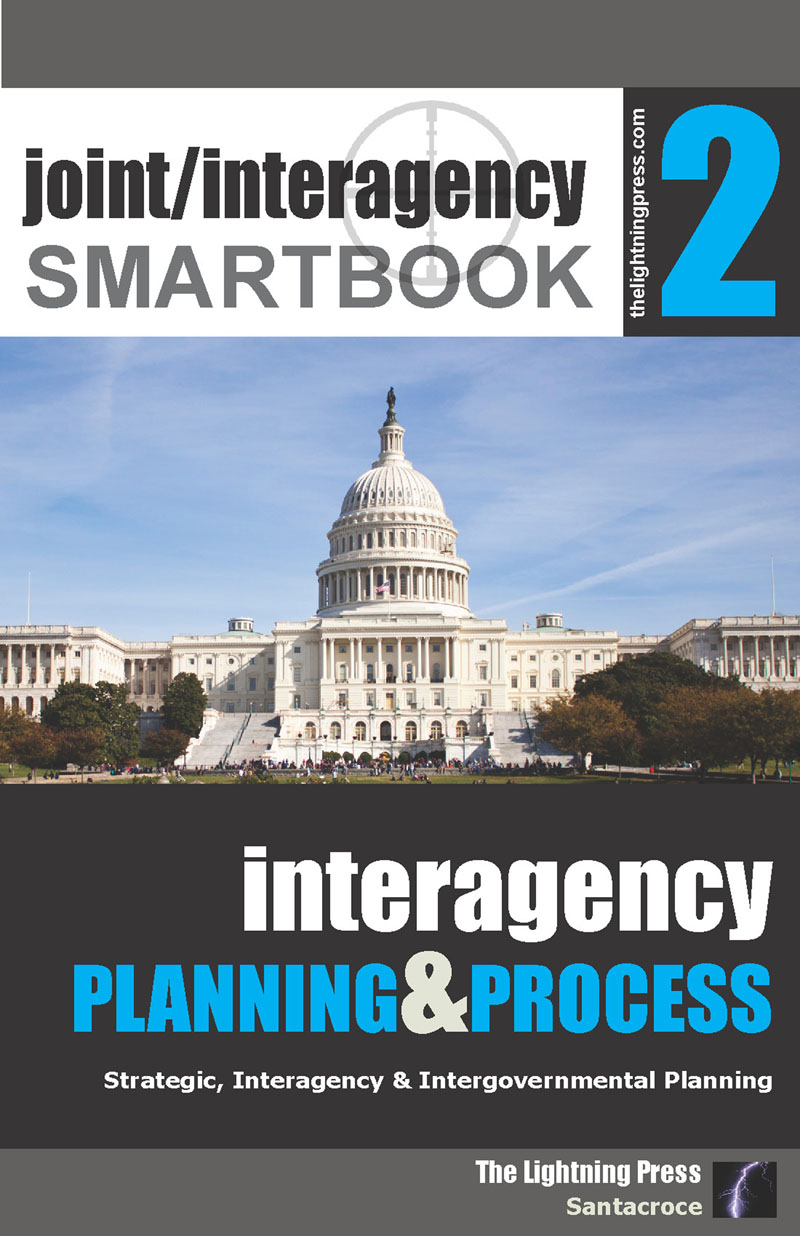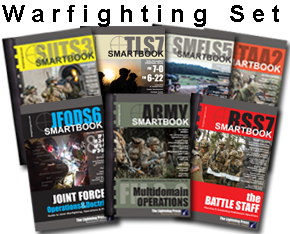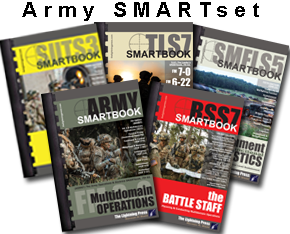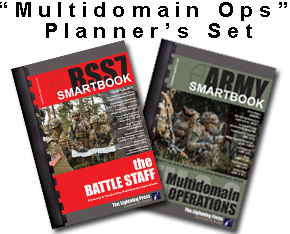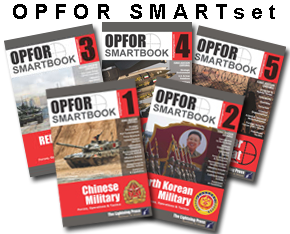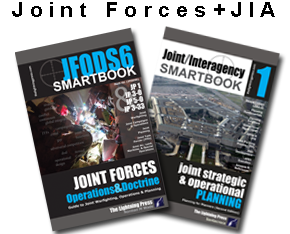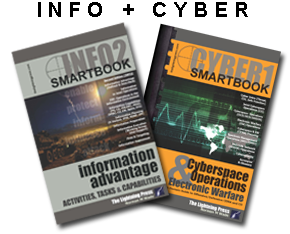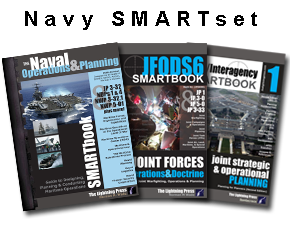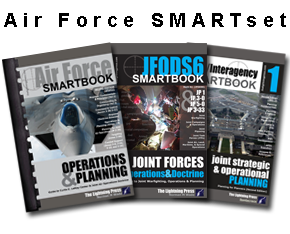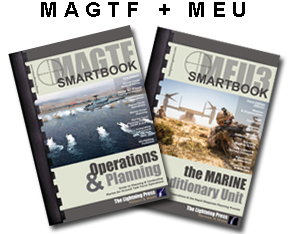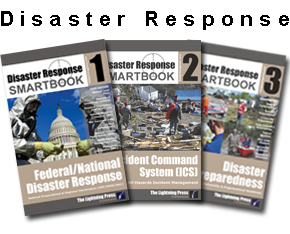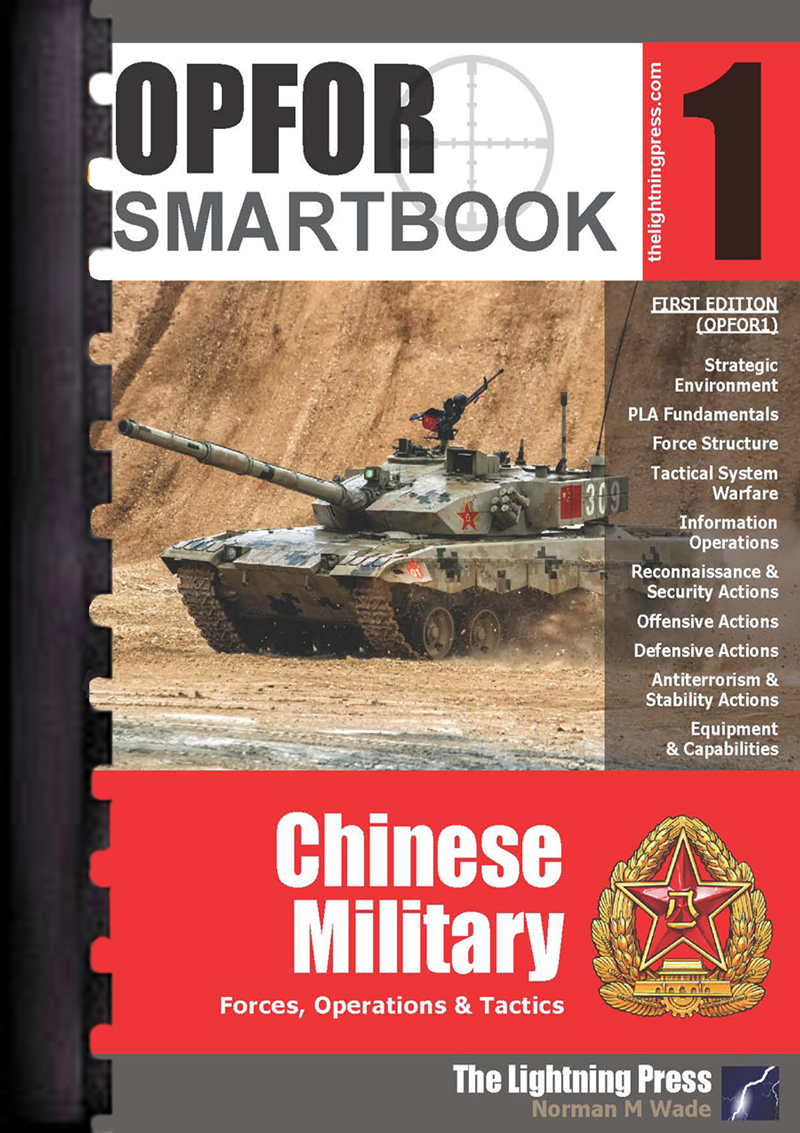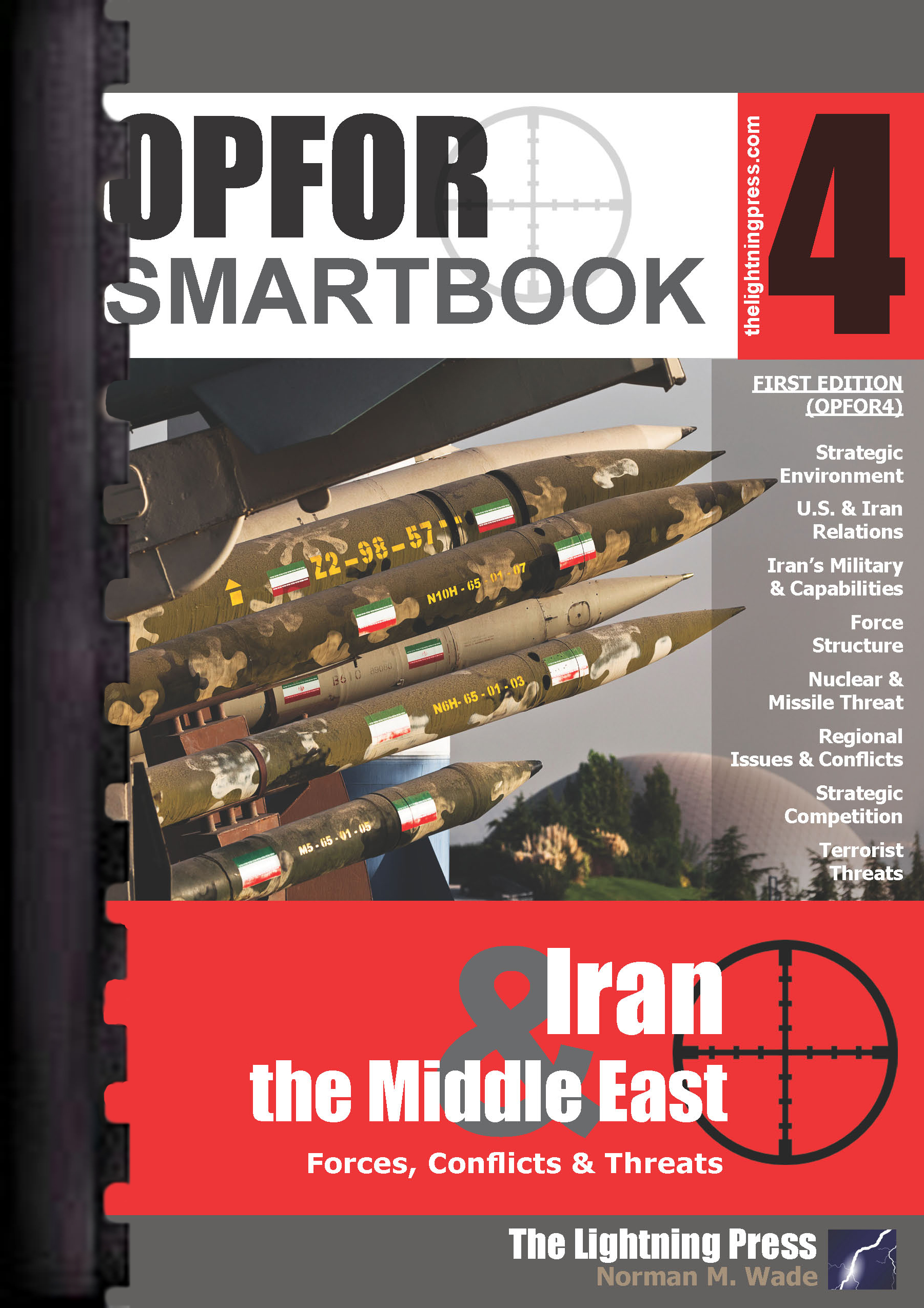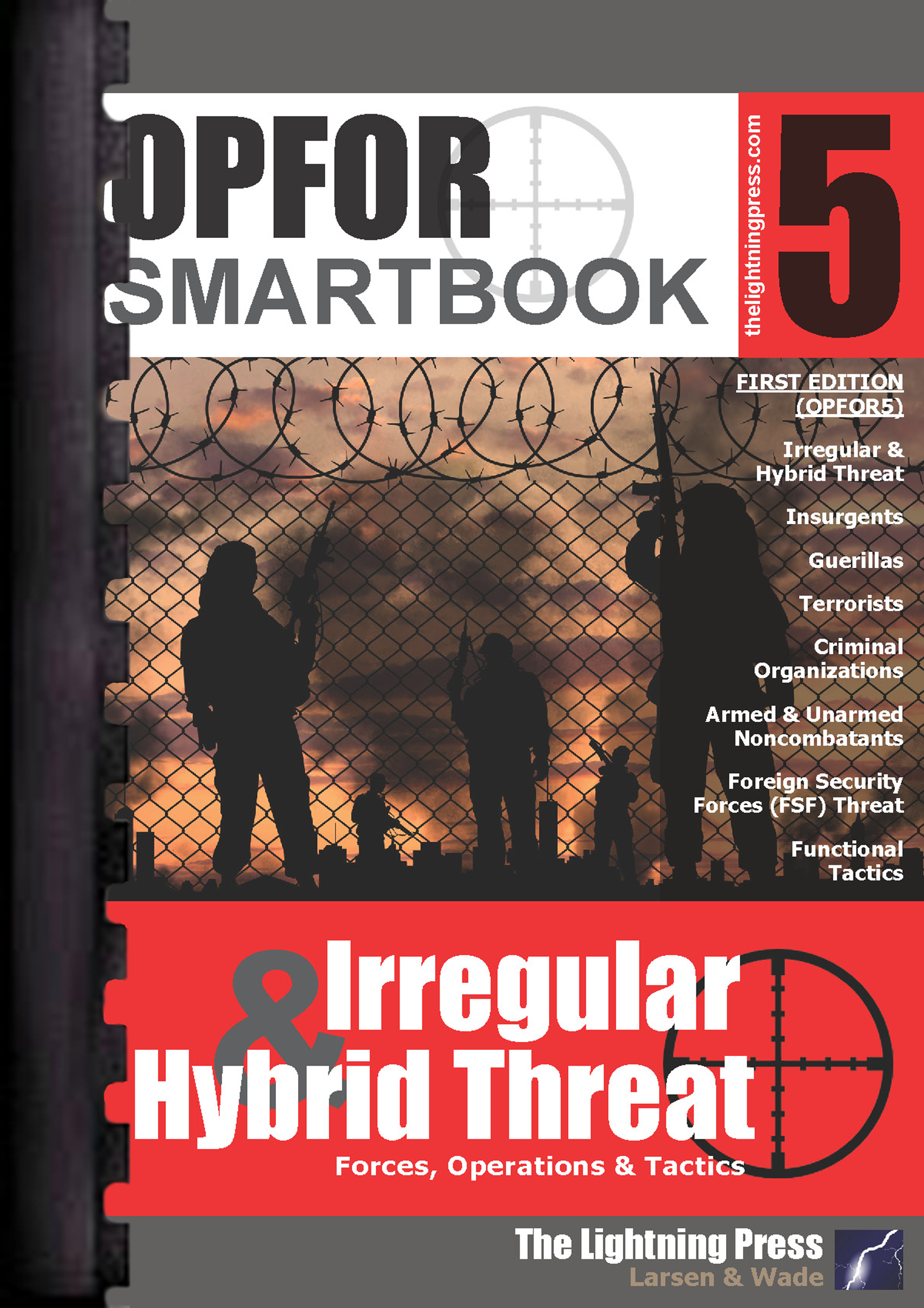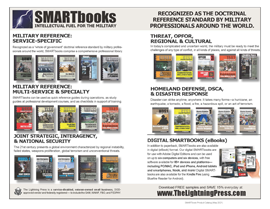Threat, OPFOR, Regional & Cultural
OPFOR SMARTbook 2 - North Korean Military
ISBN-10 :978-1-935886-55-6
Release Date :Aug 9th, 2022
Norman M. Wade
Binding Type:Perfect Bind
Print Inside Pages:Black and White
Trim Size:5.5'' x 8.5''
Total Pages:316
UPGRADE / CONVERT this book to premium GBC Plastic-Comb binding!
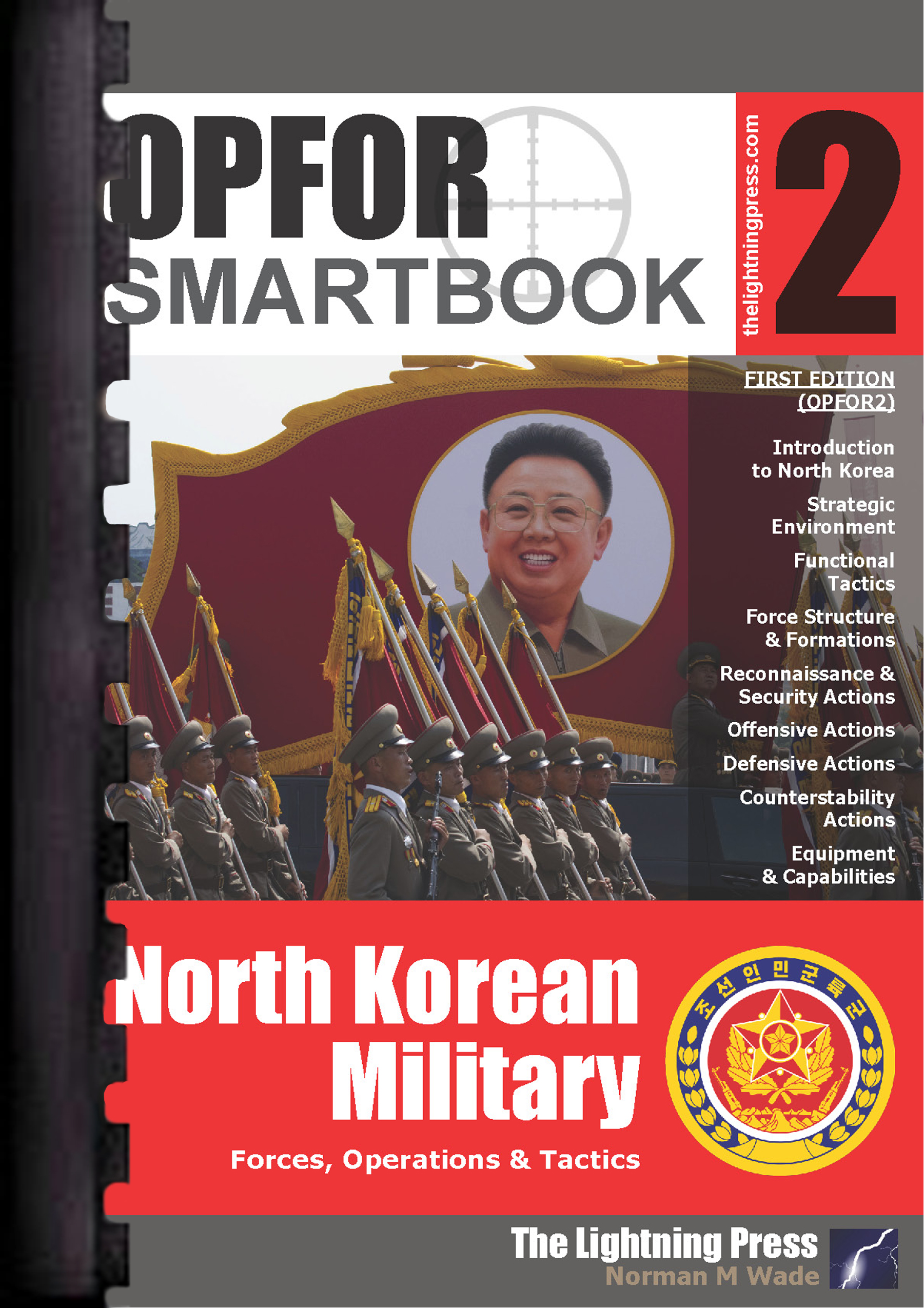
North Korean Forces, Operations & Tactics
OPFOR2 topics and chapters include the strategic environment (intro to North Korea, capabilities & intent, framework for military operations), force structure (KPA: Ground Forces, Navy, Air & Air Defense Force, Strategic Force, Special Operations, Reserve and Paramilitary forces, Internal Security & Intel Services), functional tactics, reconnaissance & security, offensive and defensive actions (operational level divisions & regiments, tactical level, complex operational environments), counterstability actions, electronic intelligence warfare, equipment and capabilities.
North Korea is one of the most militarized countries in the world and remains a critical security challenge for the United States, our Northeast Asian allies, and the international community. The Kim regime has seen itself as free to take destabilizing actions to advance its political goals, including attacks on South Korea, development of nuclear weapons and ballistic missiles, proliferation of weapons, and cyberattacks against civilian infrastructure worldwide.
The Korean Peninsula is a location of strategic interest for the U.S. in the Indo-Pacific Command due to its proximity to China, South Korea’s historical relationship with the U.S. over the past 7 decades, and the booming South Korean economy that makes it an important U.S. trading partner. The Democratic People’s Republic of Korea, commonly known as North Korea or the DPRK, remains one of the United States’ most critical security challenges for many reasons. These include the country’s provocative and destabilizing behavior, such as unprovoked attacks on the Republic of Korea (South Korea; ROK); its pursuit of nuclear weapons and long-range ballistic missiles; and its willingness to proliferate weapons in contravention of international treaties. For over 50 years, North Korea has sporadically conducted operations directed against its foes, especially South Korea.
North Korea’s military poses two direct, overlapping challenges to the United States and its allies: a conventional force consisting mostly of artillery and infantry that can attack South Korea with little advance warning, and a ballistic missile arsenal, intended to be armed with nuclear weapons, that is capable of reaching bases and cities in South Korea and Japan, and the U.S. homeland.
North Korea’s conventional military consists of the ground, air, naval, and special operations forces. KPA Ground Forces operate thousands of long-range artillery and rocket systems along the entire length of the DMZ. These weapons include close-range mortars, guns, and multiple rocket launcher systems (MRLs) trained on South Korean military forces deployed north of Seoul, and longer-range self-propelled guns, rockets, and ballistic missiles that can reach Seoul and some points south of the capital. Collectively, this capability holds South Korean citizens and a large number of U.S. and South Korean military installations at risk. The North could use this capability to inflict severe damage and heavy casualties on the South with little warning.

